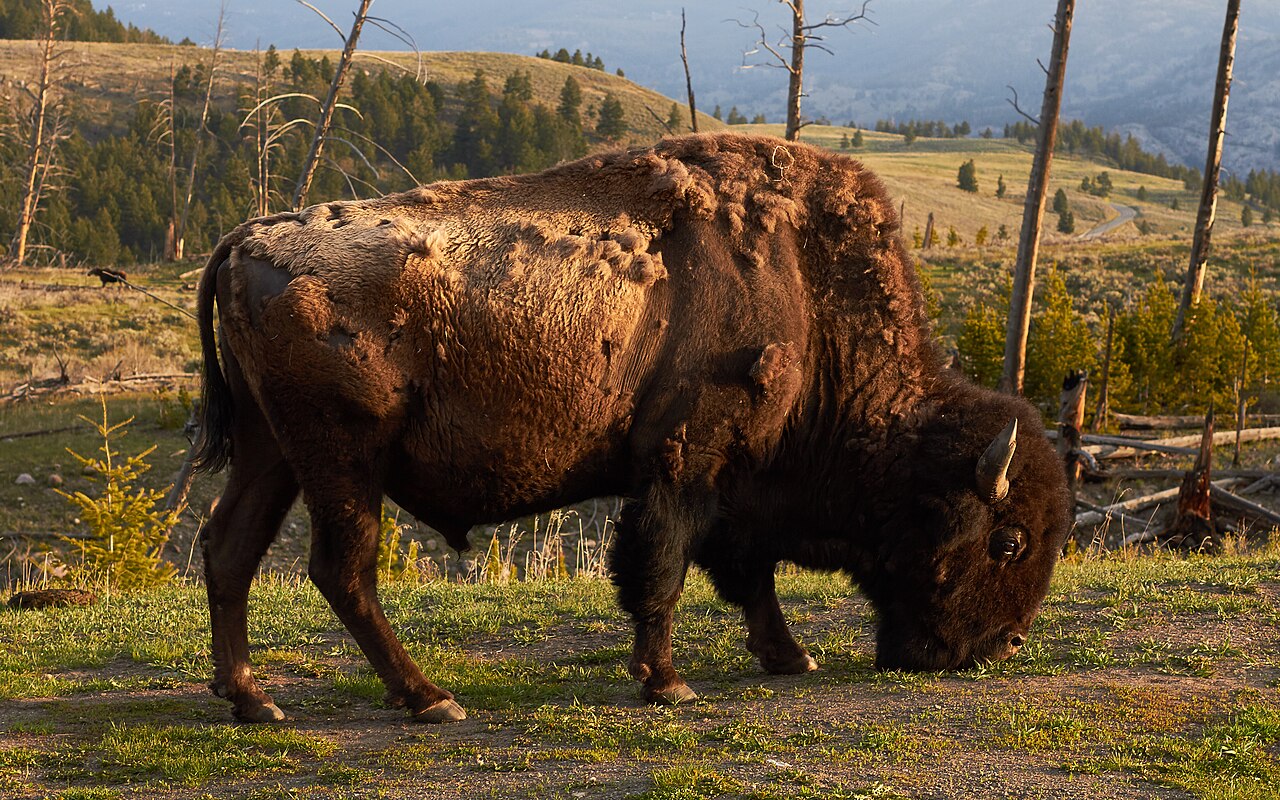National parks stand as protected sanctuaries where wildlife can thrive in their natural habitats, offering visitors unparalleled opportunities to witness animals in their native environments. From majestic grizzly bears roaming Yellowstone to elusive mountain lions in Yosemite, these encounters can become cherished lifetime memories. However, observing wildlife comes with significant responsibility—both for our safety and for the well-being of the animals whose home we’re visiting. Understanding how to respectfully and safely view wildlife not only enhances our experience but also contributes to conservation efforts by minimizing human impact on these delicate ecosystems. This guide explores the most effective and ethical approaches to wildlife observation in national parks, ensuring memorable experiences while preserving these natural treasures for generations to come.
Maintain a Safe and Respectful Distance

The single most important rule for wildlife observation is maintaining proper distance from animals. National Park Service guidelines typically recommend staying at least 100 yards (91 meters) from predators like bears and wolves, and at least 25 yards (23 meters) from other wildlife such as bison, elk, and deer. These distances aren’t arbitrary—they’re carefully determined based on animal behavior patterns and represent the minimum space needed to prevent stress responses in wildlife. When animals feel threatened by human proximity, they may exhibit defensive behaviors that endanger both themselves and observers. Remember that even seemingly docile animals like deer or elk can become unpredictable and dangerous when they feel cornered or threatened, especially during mating seasons or when protecting young.
Invest in Quality Optics
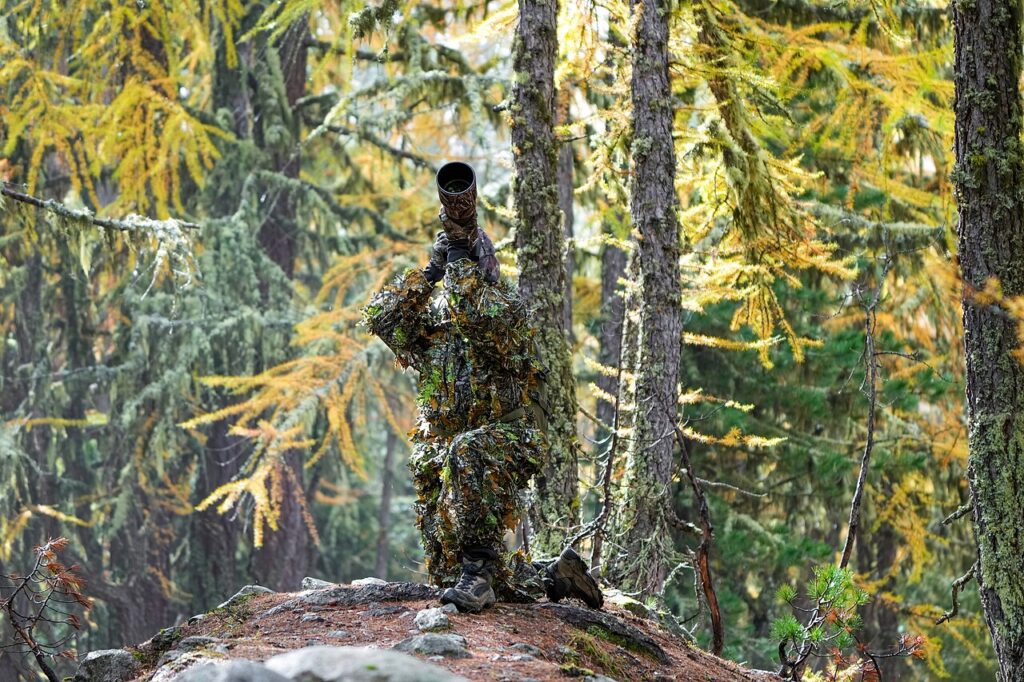
One of the best investments for wildlife enthusiasts visiting national parks is a good pair of binoculars or a spotting scope. Quality optics allow you to observe animals in remarkable detail while maintaining a safe and non-intrusive distance. When shopping for binoculars, look for models with 8x or 10x magnification, which provide excellent viewing while remaining stable enough to use without a tripod. Spotting scopes, which offer even greater magnification (typically 15-60x), are ideal for viewing distant wildlife like mountain goats on remote slopes or birds in expansive wetlands. Many visitor centers in national parks offer binocular rentals if you’re not ready to purchase your own, making this accessible to casual visitors as well as dedicated wildlife watchers.
Visit During Prime Wildlife Hours
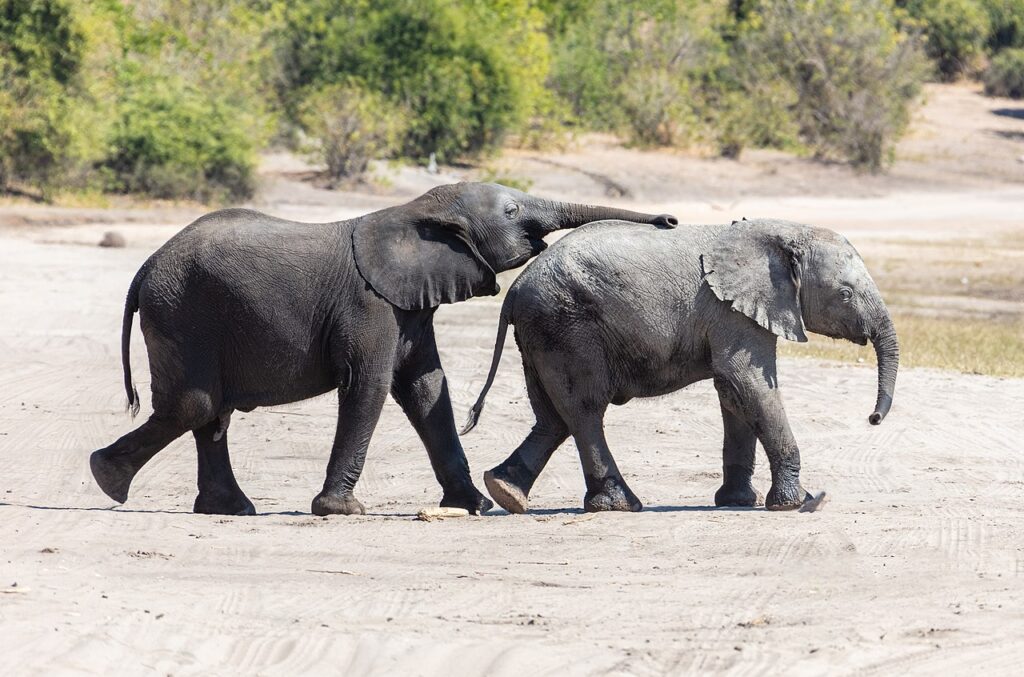
Animals, like humans, follow daily patterns of activity, and understanding these rhythms dramatically increases your chances of successful wildlife viewing. Dawn and dusk—periods known as the “golden hours” among wildlife photographers—typically offer the best opportunities for observation as many species are most active during these transition times. Large mammals often feed in meadows and open areas during these hours, while midday heat may drive them to seek shelter in forests or shade. In addition to time of day, seasonal patterns affect wildlife visibility, with spring bringing newborn animals and fall bringing dramatic events like elk rutting or bird migrations. Research the specific park you’re visiting to learn about seasonal wildlife highlights, as these vary significantly by ecosystem and region.
Learn to Recognize Warning Signs
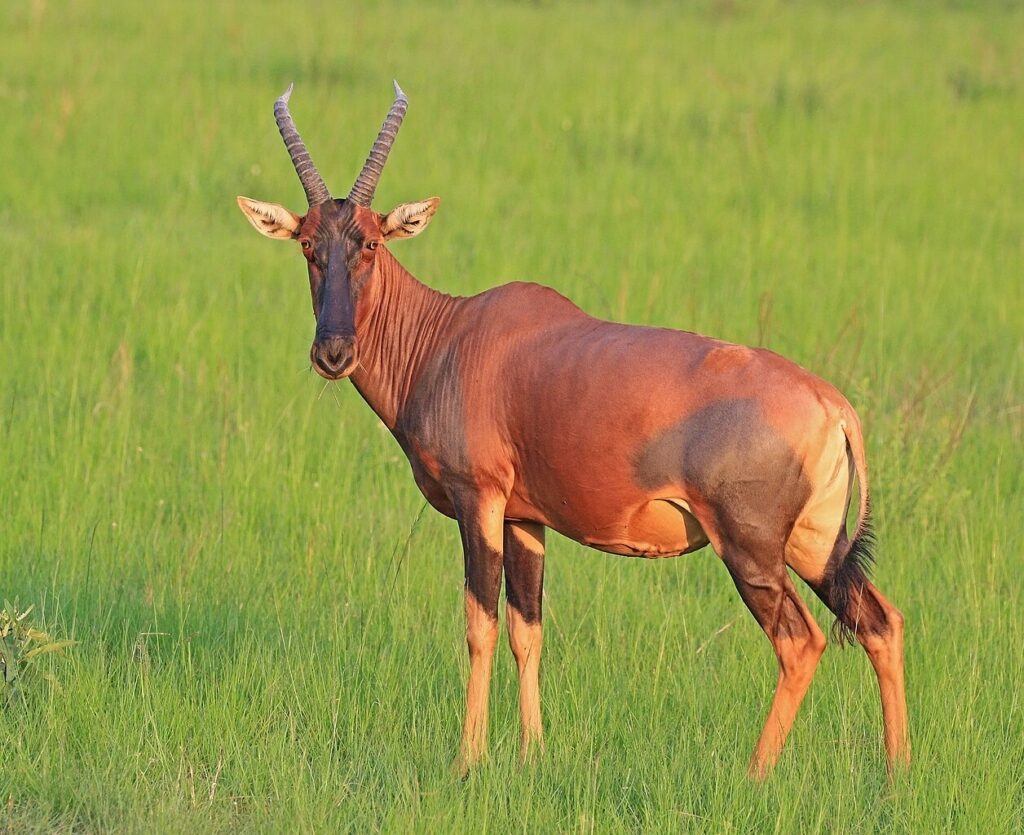
Charles J. Sharp via (Wikimedia)
Wild animals communicate their discomfort and intentions through body language that visitors should learn to recognize. Signs that an animal is stressed by human presence include stopped feeding, staring, ears pointed forward, raised hair along the spine, or vocalizations like growling or huffing. More urgent warning signs include bluff charges, stomping feet, or aggressive posturing—all indications that you’re too close and need to back away immediately. Bears may stand on hind legs not as an aggressive posture but to better see or smell what’s around them. Bison may swish their tails or lower their heads before charging. Taking a few minutes to learn these signals for common park species can prevent dangerous encounters and reduce stress on wildlife.
Utilize Designated Wildlife Viewing Areas
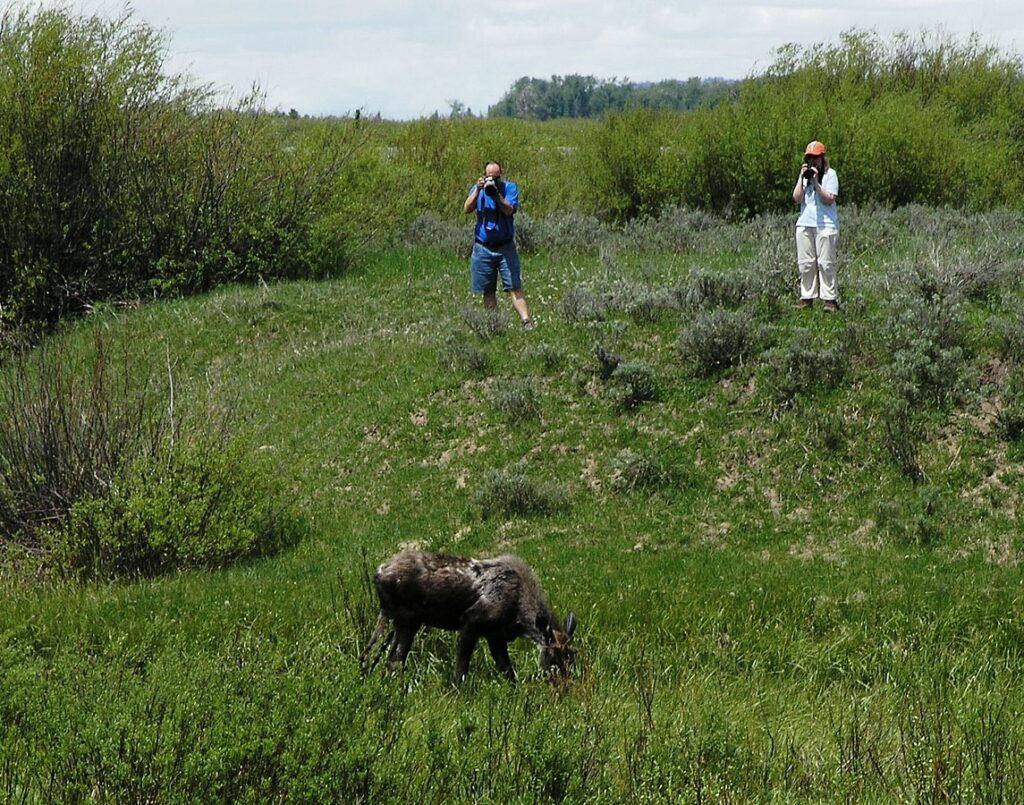
Many national parks have established designated wildlife viewing areas that are strategically positioned to maximize observation opportunities while minimizing disturbance to animals. These areas often feature viewing platforms, boardwalks, or pullouts that concentrate human presence in locations where wildlife has become somewhat habituated to distant observation. The Lamar Valley in Yellowstone, for example, offers several pullouts where visitors can safely observe wolf packs and grizzly bears from the roadside. Hayden Valley, also in Yellowstone, provides excellent opportunities to see bison herds grazing in sprawling meadows. These designated areas also typically offer interpretive signage that enhances understanding of the ecosystem and its inhabitants, making them educational as well as practical.
Join Ranger-Led Programs
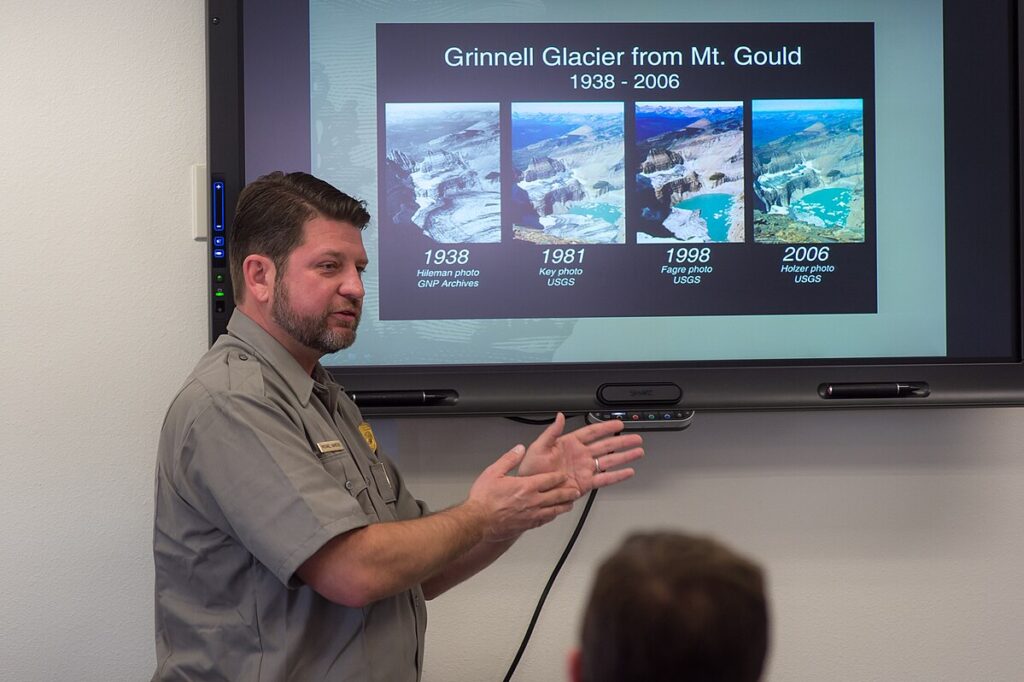
Ranger-led wildlife viewing programs combine safety, education, and excellent observation opportunities in one package. Park rangers possess intimate knowledge of local wildlife patterns and behaviors, often knowing where specific animals or herds can be found at different times. These guided experiences typically include the use of spotting scopes set up by rangers at prime viewing locations, along with expert commentary on animal behavior and ecology. Beyond the practical advantages, ranger programs provide context that deepens appreciation for the complex relationships between wildlife and their environments. Many parks offer specialized programs like wolf watches, bird walks, or evening bat programs that focus on specific species of interest.
Practice Proper Food Storage
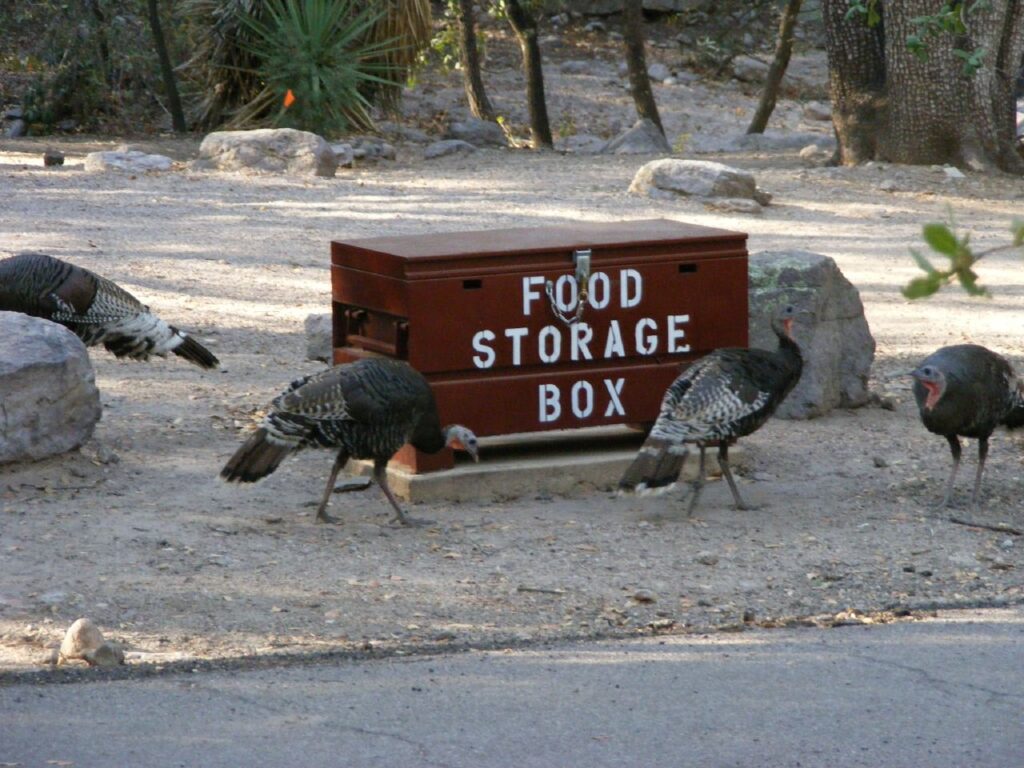
While not directly related to observation, proper food management is crucial for safe wildlife interactions in national parks. When animals associate humans with food—whether through intentional feeding or careless storage—they can become food-conditioned, leading to aggressive behavior and ultimately, in many cases, euthanasia of problem animals. All food, garbage, and scented items (including toiletries) should be stored in designated food storage lockers, bear-resistant containers, or properly hung from trees where required. Vehicle break-ins by bears seeking food are not uncommon in parks where bears have learned to associate cars with easy meals. Remember the saying that circulates in many national parks: “A fed bear is a dead bear”—highlighting the severe consequences that human food can have on wildlife.
Use Appropriate Photography Techniques
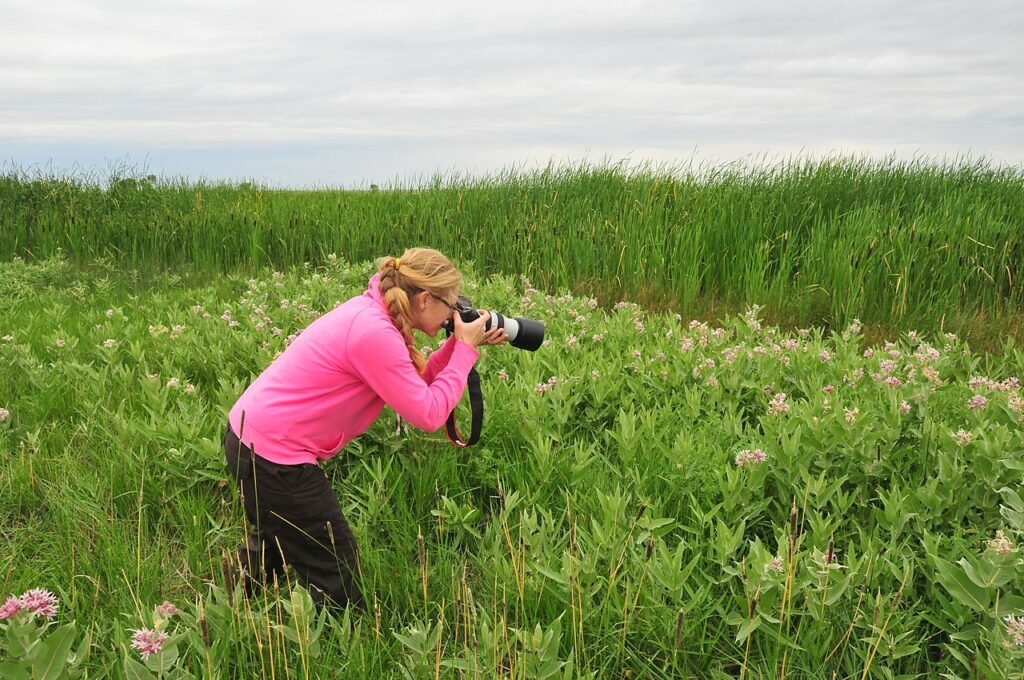
Wildlife photography has grown tremendously in popularity, but the pursuit of perfect images should never compromise animal welfare or personal safety. The ethical wildlife photographer uses telephoto lenses (300mm or longer) to capture close-up images while maintaining proper distance. Flash photography should be avoided entirely as it can startle and stress animals, potentially triggering defensive responses. Drones are prohibited in most national parks partly because they can disturb wildlife, particularly nesting birds and mammals sensitive to unfamiliar sounds. Consider the context of your images as well—photographs that show animals in their natural behavior and habitat not only tell a more authentic story but avoid the stress that posed or baited situations would cause.
Move Slowly and Minimize Noise
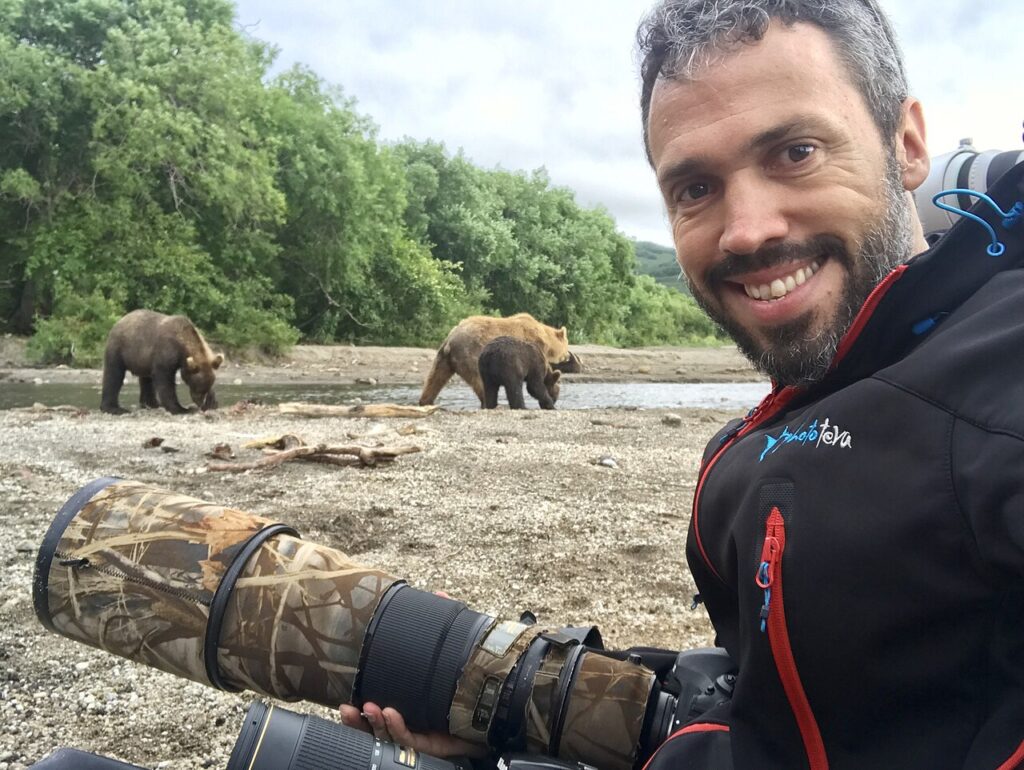
Wildlife responds strongly to movement and sound, with sudden actions or loud noises likely to frighten animals away or potentially trigger defensive responses. When hiking or moving through wildlife habitat, adopt a measured pace and fluid movements that don’t draw attention. Speaking in hushed tones or using a “library voice” helps maintain a peaceful environment where animals may continue their natural behaviors rather than fleeing. Children should be gently instructed about quiet observation before wildlife encounters, turning the experience into an educational opportunity about respect for nature. The rewards for this patience and restraint are substantial—animals that don’t perceive humans as threats may continue fascinating natural behaviors like hunting, playing, or caring for young.
Be Mindful of Wildlife Corridors and Habitats

Understanding how wildlife uses the landscape enhances both safety and observation opportunities in national parks. Animals often travel along specific routes—wildlife corridors—that connect feeding areas, water sources, and shelter. Recognizing features like game trails, riparian zones along waterways, and natural funnels created by topography can help visitors anticipate where wildlife might appear. Conversely, being aware of sensitive habitats like calving grounds, nesting areas, or winter range allows respectful visitors to give extra space during critical times. Seasonal closures of certain park areas are designed to protect these sensitive habitats and should be strictly observed, even if they limit access to popular viewing spots.
Never Feed or Approach Wildlife
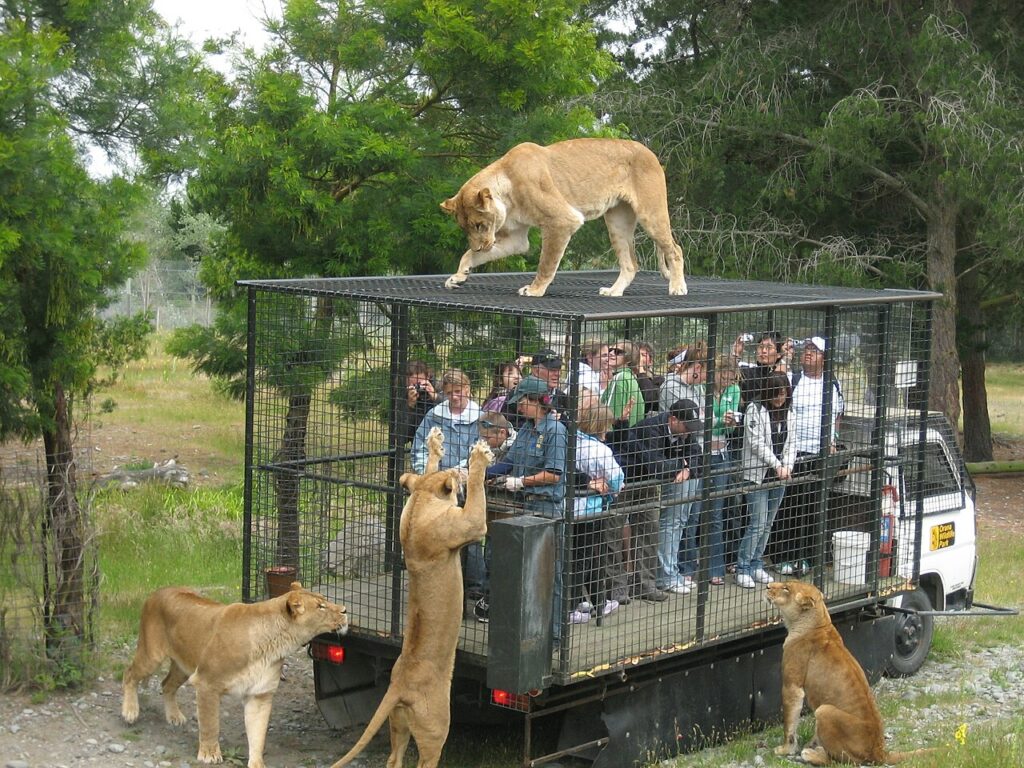
Despite clear prohibitions, wildlife feeding remains one of the most common and damaging behaviors in national parks. Even seemingly harmless offerings like apple cores or bread crusts can dramatically alter animal behavior and digestion, leading to dependence on human food and aggressive food-seeking. Beyond obvious handouts, indirect feeding occurs when visitors leave food scraps or fail to secure garbage properly. Approaching wildlife for closer views or photographs represents another serious form of interference that can cause stress, disrupt natural behaviors, and create dangerous situations. The consequences of these interactions extend beyond individual animals to affect entire populations—when one visitor approaches a bear for a selfie, for instance, they’re teaching that bear that humans can be approached safely, potentially endangering future visitors.
Stay on Designated Trails and Viewpoints
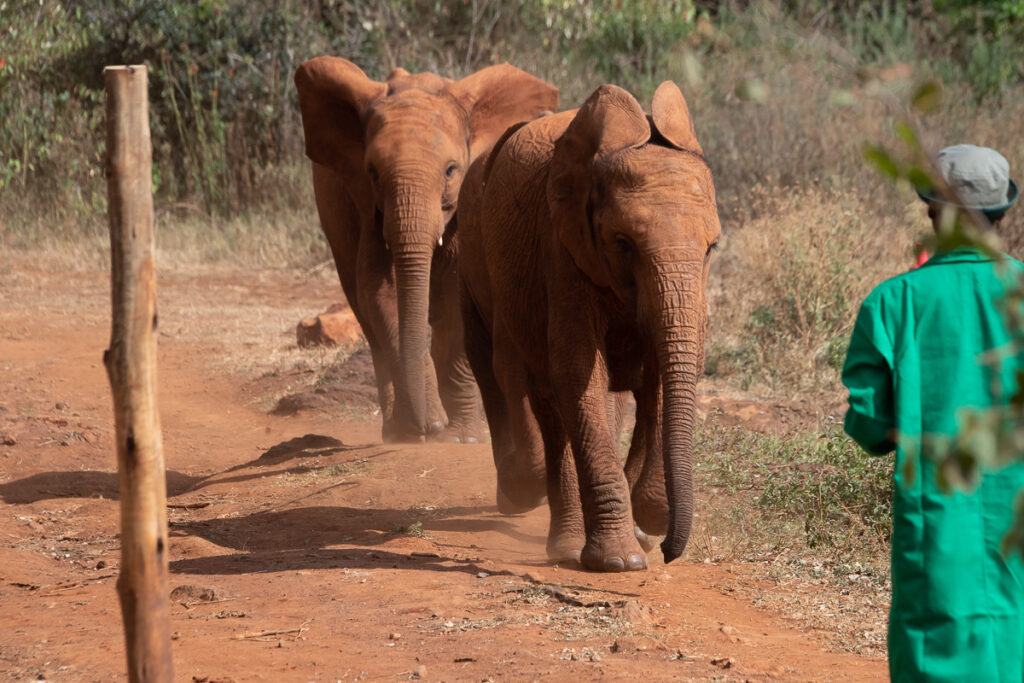
Designated trails and viewpoints serve multiple purposes in wildlife protection, providing predictable human movement patterns that allow animals to adapt and maintain safe distances. When visitors venture off-trail, they may inadvertently disturb wildlife in resting areas or push animals away from critical resources like water sources or feeding grounds. Off-trail travel can also damage fragile vegetation that wildlife depends on for food and shelter, particularly in alpine and desert environments where recovery may take decades. From a safety perspective, established trails typically minimize surprise encounters with potentially dangerous wildlife by following routes where visibility is good and animal movement patterns are understood by park management.
Become a Citizen Scientist
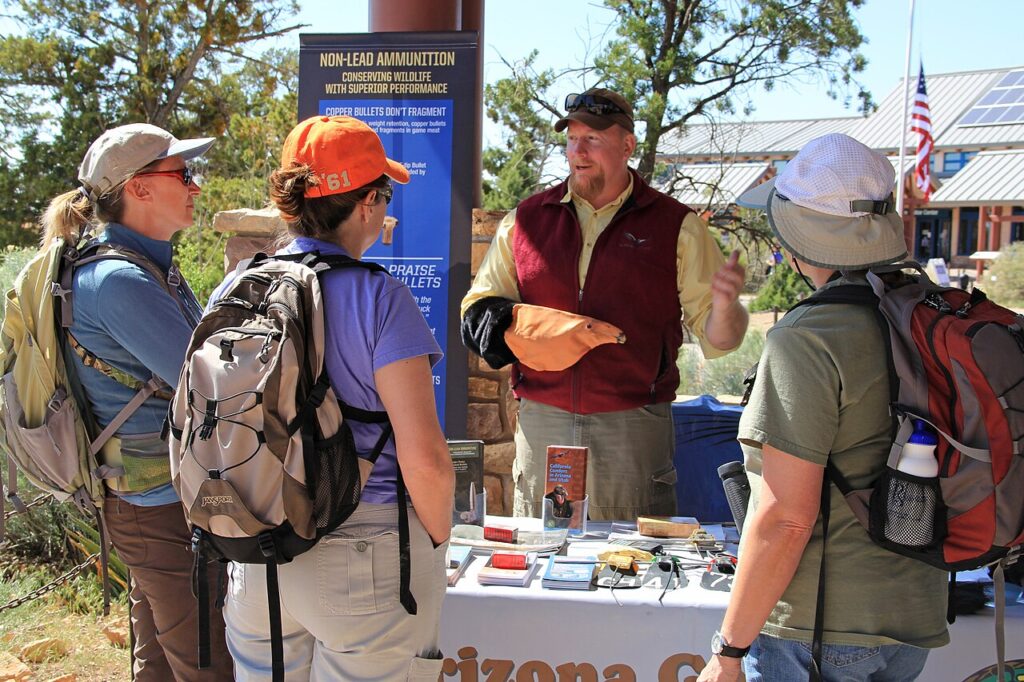
Many national parks offer opportunities for visitors to contribute to wildlife monitoring and research through citizen science programs. These initiatives allow ordinary visitors to participate in scientific data collection, reporting wildlife sightings through mobile apps, participating in annual bird counts, or monitoring specific species like butterflies or amphibians. The iNaturalist app, used in many parks, allows visitors to photograph and document plant and animal sightings that contribute to biodiversity databases. These programs not only enhance scientific understanding but also deepen participants’ connection to wildlife through purposeful observation. By contributing observations, visitors gain satisfaction from knowing their park experience supports conservation efforts while developing more acute observation skills that enhance future wildlife viewing.
Conclusion
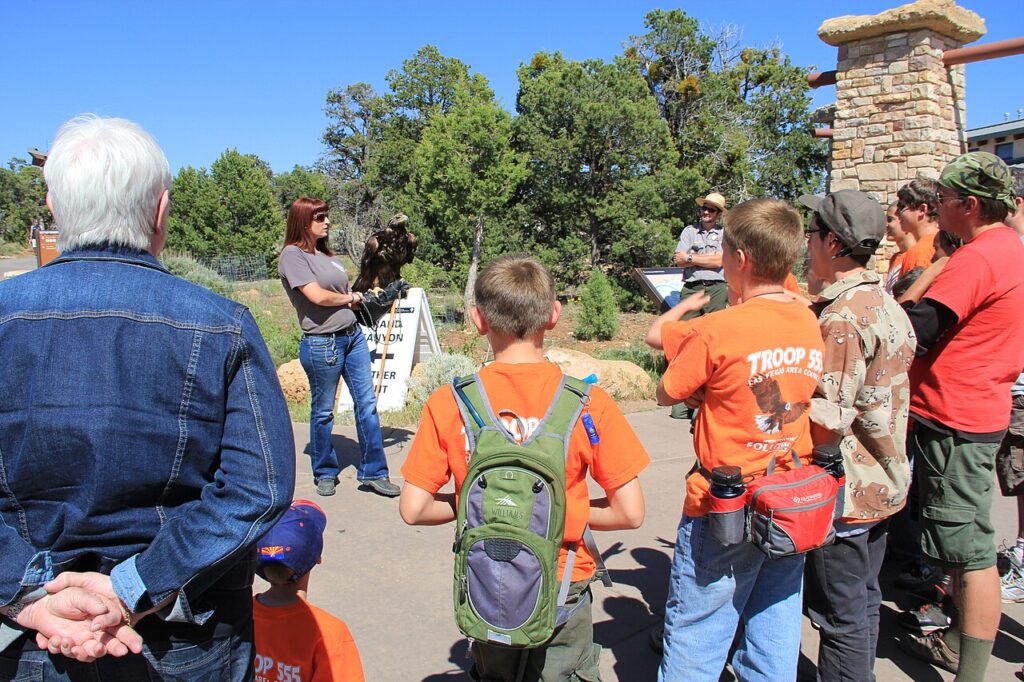
The privilege of observing wildlife in their natural habitat comes with the responsibility to minimize our impact on these remarkable creatures. By following these guidelines—maintaining distance, using proper equipment, respecting wildlife behaviors, and following park regulations—visitors can enjoy meaningful wildlife encounters while contributing to conservation efforts. Remember that each wildlife observation is a privilege, not a right, and that our presence in these animals’ homes requires thoughtful consideration of their needs and boundaries. The most rewarding wildlife experiences often come not from pursuing the closest encounter or perfect photograph, but from patient observation that reveals natural behaviors and interactions, offering genuine insight into the complex lives of wild animals.

